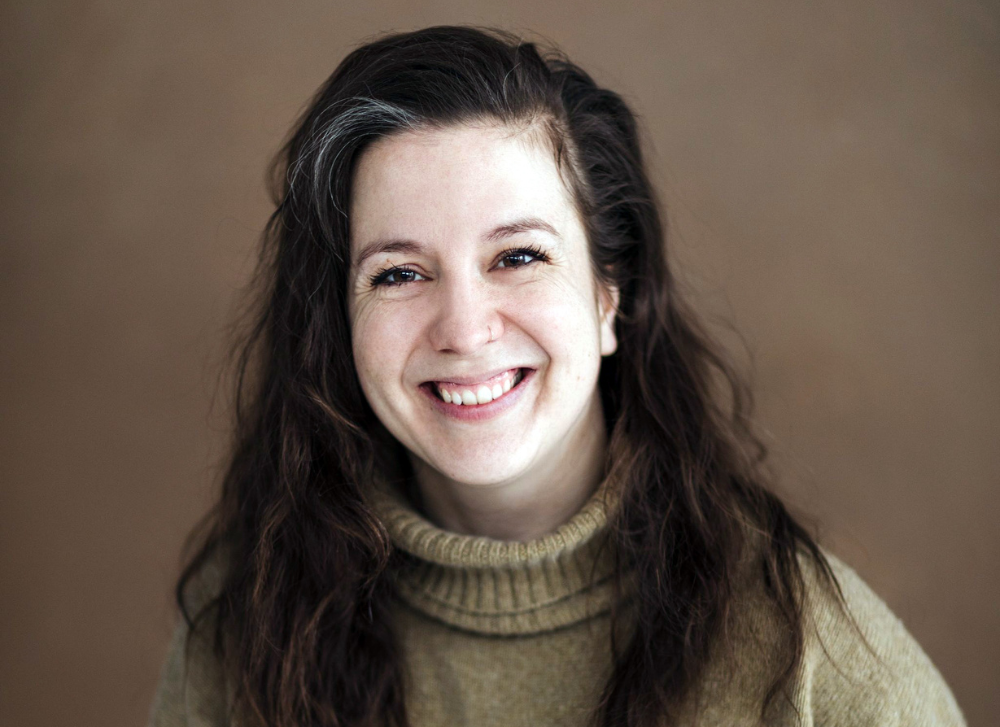The scent harnesser
Some might ask the question. Was Stéphane Godbout, yes or no, influenced by the song All spread out? Remember. THE hit by Robert Charlebois tells the crazy adventure of a guy who studies prestressed concrete in Paris before realizing that the City of Lights “ is not [his] stable ”? The story does not say. Regardless, in 1983, captivated by nature, the environment and farm buildings, the young man enrolled in rural engineering at Laval University. He left campus 13 years later with a master's degree in agricultural engineering and a doctorate in civil engineering on concrete storage structures.
At this time, Stéphane will have already improved the calculation methods and loads to be retained for reinforced concrete tanks. Question of further improvement, it is not in Paris, but rather in Silsoe Research Institute (England) that the licensed engineer will visit in 2002-2003. There he will develop a first generation of a new passive sampler intended to measure greenhouse gas emissions. We will not be surprised, upon his return to the fold, that he is sacred Young Engineer of the Year by the Quebec Association of Agri-Food Engineers of which he has become president since 2017.
Stéphane Godbout has been working for 20 years at the Institute for Research and Development in Agroenvironment (IRDA). It was almost written in the sky that by focusing on agricultural buildings, the scientist would tackle breeding strategies and the management of animal waste.
He did not wait for the concept of carbon neutrality and reduction of greenhouse gases to be on the lips of all politicians to develop treatments for manure and slurry. Thanks to the research work he has carried out, he knows, for example, that by optimizing the frequency of scraping the pits of pigsties, it is possible to reduce emissions by around 30%. Stéphane also helped design mobile laboratories intended to evaluate gaseous and odorous emissions from livestock buildings.
Stéphane Godbout also holds patents for a vertical screw reactor which converts organic residues into bio-oil. Its chemical decomposition system by fire and in the absence of oxygen also works with the plastics in which bales of hay are packaged. Some of the products thus subjected to pyrolysis are transformed into biochar capable of sequestering carbon. The remainder takes a gaseous form which, under the effect of condensation, becomes a fuel which can be mixed with diesel.
“My main challenge is to work to reduce pollution at source as much as possible. Because once it's in the air, it's a lot more complicated and a lot more expensive to resolve. Just take the case of ammonia in livestock buildings. The more humid the soil is due to droppings, the more ammonia there is. But when you dry the floor, you end up with more suspended dust, which creates another problem. I'm something of a juggler who has to find the right balance. It's not simple. »
The recipient of the John Turnbull Award (2010) for its contribution to the field of agricultural construction and waste management maintains that the future of the latter will involve the separation of excrement. The nitrogen which is mainly found in the liquid part can be stored in underground cellars, while the phosphorus contained in the solid fraction will be exploited to the maximum in the fields due to its fertilizing properties.
While waiting for happiness to be in the meadow, Beaupréen knows very well that it will have to continue to push hard to develop better agro-environmental practices. And you just have to listen to the man with the eternal ponytail talk about his unbridled passion to understand that he retains all the energy of a frisky colt.






